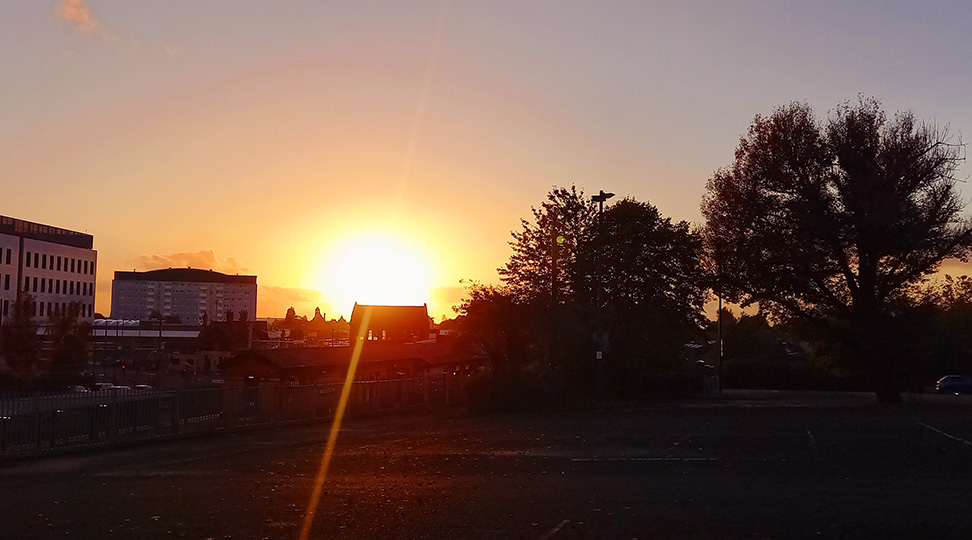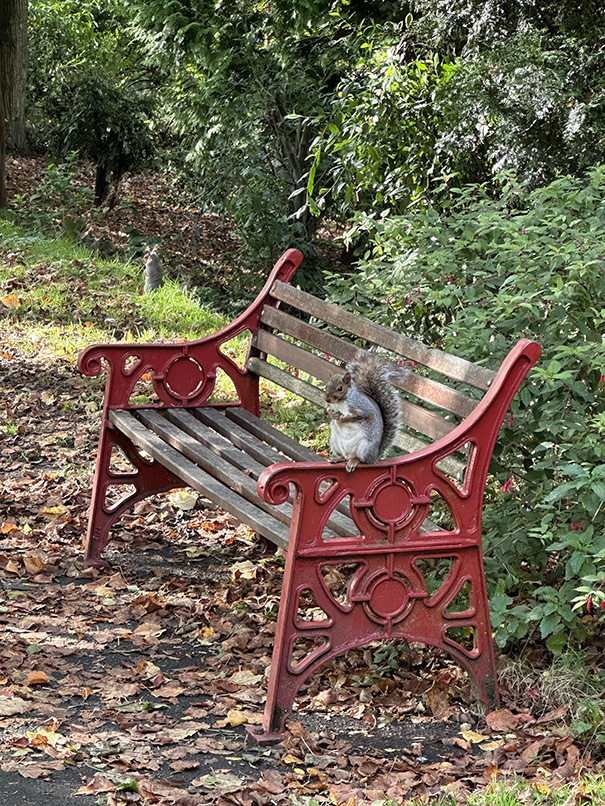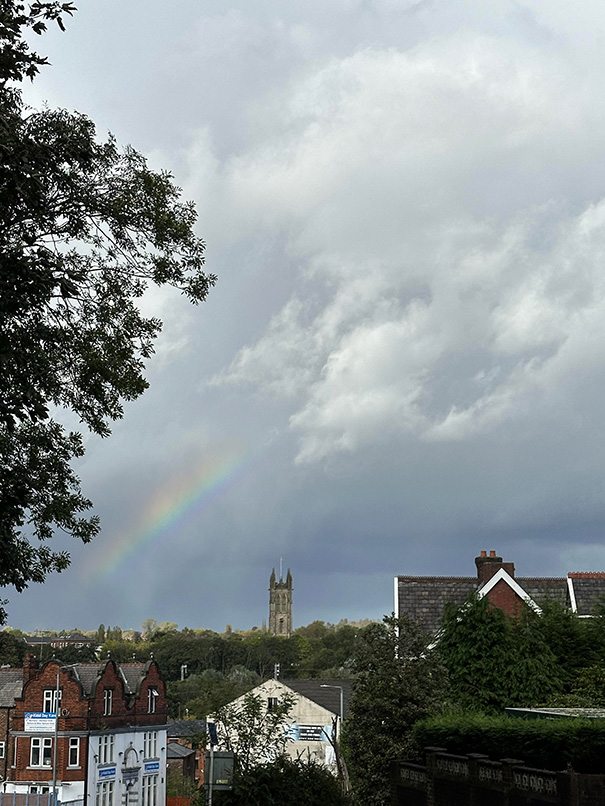

In the early 18th century, the area where Hyde was born was largely agricultural, with small hamlets, the largest being Gee Cross village, at the base of Werneth Low. Owing to the availability of good local water sources, along with rapid advances in the spinning industry, it was an attractive place for entrepreneurs of the time to build large mill buildings, to process the wool, at first from local farms. The industry was also fuelled by imports from the expanding British Empire in Georgian, then early Victorian times. The building of the Peak Forest Canal made the movement of raw materials and products easier before roads and road vehicles had been improved. The railways in the mid nineteenth century also contributed to the growing wealth of those who invested in the mills. Along with the mills, housing was created for the workers, along with shops and public houses, many of which started as private houses selling alcohol. Several of the Mill owners, saw the benefits of contributing to the development of things beneficial to creating a sense of community and physical statements to instil a sense of pride. In the mid 19th century, what became Hyde town centre, was the site of a couple of large mills, one being Greenfield Mill. One important ingredient in the production process was a store of water, in the form of a reservoir, which prior to 1850, could be found on what became the Market Square.

In 1881 Hyde was officially incorporated as a town, with the town hall building we have today was created. By this time the reservoir had been filled in, allowing what had become a market space to expand and become a regular feature of the town, drawing traders from further afield as transport links improved. Trams were added as the 19th century came to a close. Clarendon Street and Clarendon Place was the main shopping thoroughfare, where grand buildings housed shops for everything people required. The market square was filled with wooden huts, for the small independent trades to do business. By the 1950s these had been replaced by market stalls, but the square was bordered on one side still by roads filled with terraced housing, which had deteriorated in condition. In the early 1960s Cheshire County Council, along with the then Hyde Council, took the decision to redevelop the area adjacent to the Market Square.
A partnership with a private developer, saw the construction of the Clarendon Shopping Precinct, which opened in 1967. One of the first businesses was owned by Mike King, as the Chicken, Bacon & Cheese Shop (now Hot Food Kitchen), another was Erik Kirsh, the jeweller. The new building also housed an indoor market and part of the outdoor market also spread into the newly created structure, but in an area that had no roof. In 1994 a major development took place, which included putting a roof over the area, which wasn’t originally covered, but market traders in that part were not allowed back into that area. The Mall had changed ownership several times, with the latest owner taking control in November 2023. The Indoor Market and outdoor one on the Market Square are still owned by Tameside Council, who manage and let the stalls. Despite losing many of its big-name stores, the Mall is now home to an NHS Health Hub. Several small independent businesses have opened, with a new coffee shop opening this month. Hyde has suffered over the years, like similar mill and market towns, who have had to adapt to a changing world. Hopefully it can find a new purpose to thrive once again.
Andy Richardson












